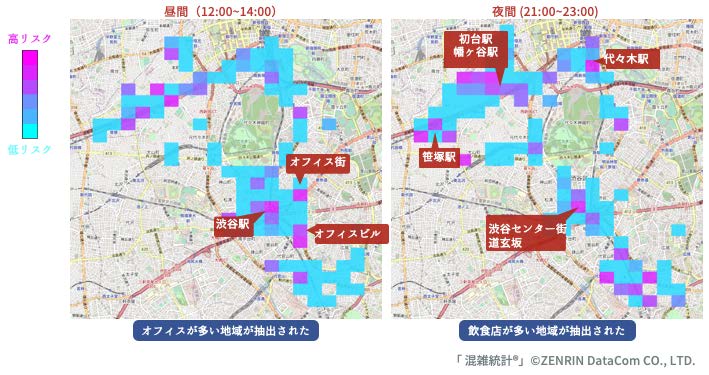Exploratory Model Analysis Using Data-Driven Neuron Representations
Probing classifiers have been extensively used to inspect whether a model component captures specific linguistic phenomena. This top-down approach is, however, costly when we have no probable hypothesis on the association between the target model component and phenomena. In this study, aiming to provide a flexible, exploratory analysis of a neural model at various levels …
Read more “Exploratory Model Analysis Using Data-Driven Neuron Representations”




